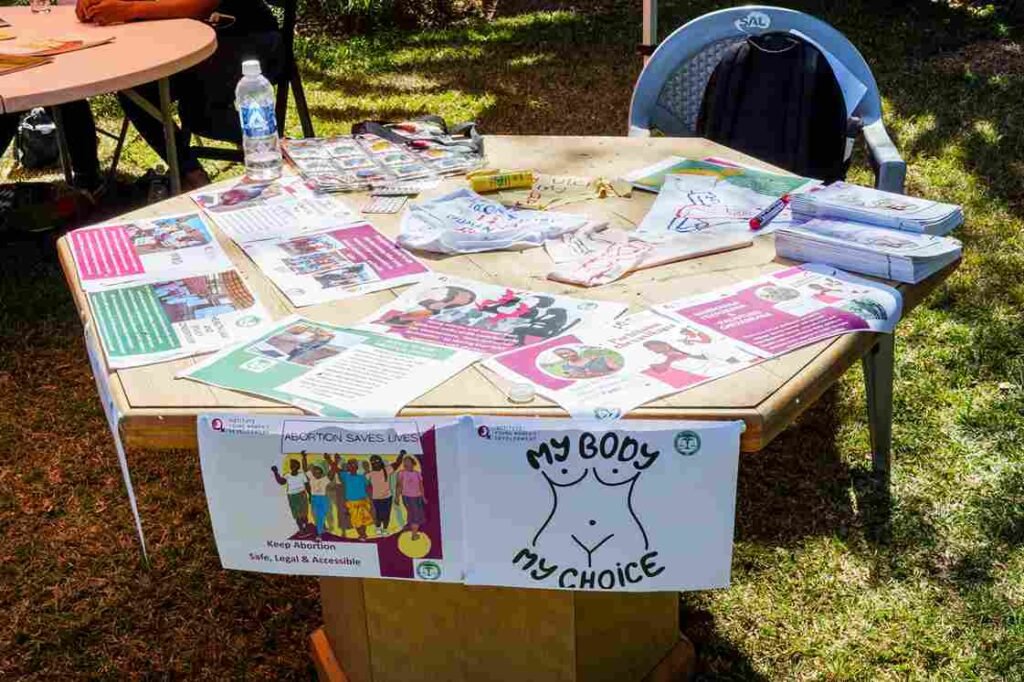Coming out is a deeply personal journey. It’s about embracing who you are and, if and when you choose, sharing that with others. For many people, coming out can be affirming—but it can also be risky, especially in environments where LGBTQIA+ identities are stigmatized.
This guide helps you reflect on your options, plan ahead, and prioritize your emotional and physical safety. Whether you choose to come out or not, your identity is real and valid. You are the only one who can decide what feels right for you.
Key Points
-
There is no “right” way to come out.
-
You choose when, where, and how.
-
It’s okay to wait. It’s okay not to come out at all.
-
Safety and consent matter more than pressure or timelines.
Safety Considerations
Your well-being is the priority. Before coming out:
-
Identify trusted people who can offer emotional or logistical support.
-
Make a backup plan for housing, food, or transport, just in case.
-
Know your resources: Familiarize yourself with local or online LGBTQIA+ support networks.
-
Share only what you’re comfortable with. You don’t owe anyone full disclosure.
Ways to Come Out
There are many ways to come out—choose what feels most accessible and safe:
-
Talking in person
-
Writing a letter
-
Sending a text or email
-
Making a call
Planning Ahead
Preparing what to say and when to say it can reduce anxiety.
Reflect with these questions:
-
How do I want to come out?
-
What do I want to say?
-
What are the possible risks and how will I respond?
-
Who could I practice this with?
Drafting Your Message
Tailor your message to the audience:
-
Christian Families: Speak from a place of love, honesty, and faith-based acceptance.
-
Traditional/Cultural Families: Ground the message in values of resilience, family strength, and honesty.
-
Close Friends: Keep it casual and rooted in trust.
Reactions From Friends & Family
People may respond in many ways. Try to prepare emotionally.
Ask yourself:
-
What reactions am I hoping for?
-
What kinds of negative reactions might happen?
-
What do I already know about their views on LGBTQIA+ issues?
Testing the Waters
Before you come out, it can help to get a sense of someone’s views:
-
Bring up an LGBTQIA+ public figure or story and see how they respond.
-
Ask casual questions about marriage equality or gender roles.
-
Listen to how they speak about queer issues in general.
Timing and Location
Choose a time and place that supports your emotional safety:
-
After school, during a walk, at home?
-
On a calm weekend, or after a bonding moment?
-
In a private space or public setting (if you need witnesses)?
There’s no perfect moment—only what feels best to you.
Support Systems
You don’t have to do this alone. Think about who can support you:
-
Friends (in person or online)
-
Teachers, counselors, or coworkers
-
Relatives or neighbors
-
Community, youth, or spiritual leaders
Practicing Self-Care
Coming out can be emotionally intense. Take care of yourself:
-
Journal, draw, dance, or sing
-
Take walks or meditate
-
Spend time with animals or nature
-
Let yourself cry, rest, or celebrate—whatever you need
Healthy Relationships
Coming out may lead to exploring new relationships.
Remember:
-
You deserve safety, trust, and respect
-
Consent matters in all situations
-
If it doesn’t feel right, it’s okay to pause or walk away
Resources for Support
If you’re overwhelmed or need help, connect with these Zimbabwean support networks:
-
Pakasipiti – https://pakasipiti.org/index.php
Affirmations
-
“I am worthy of love and acceptance.”
-
“My identity is valid, no matter what.”
-
“I have the right to share my truth in my own time.”
-
“I am not alone; support is available.”
Download the PDF version of this guide below.


